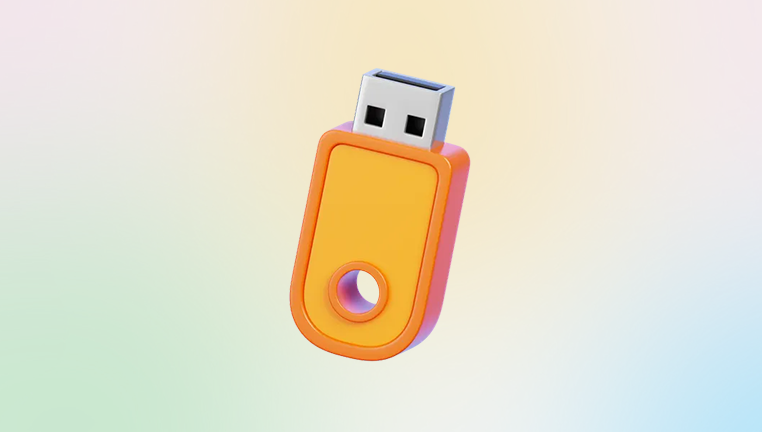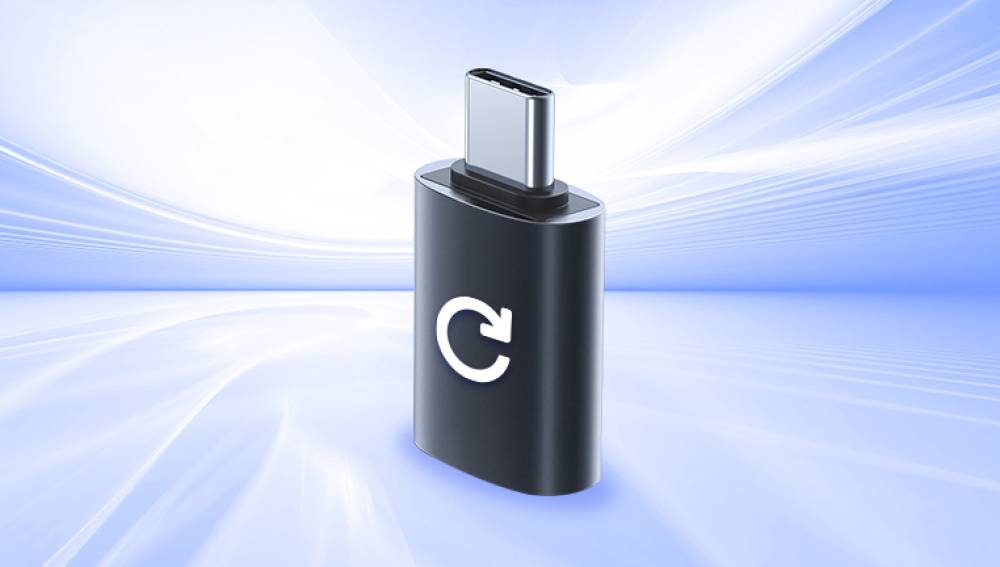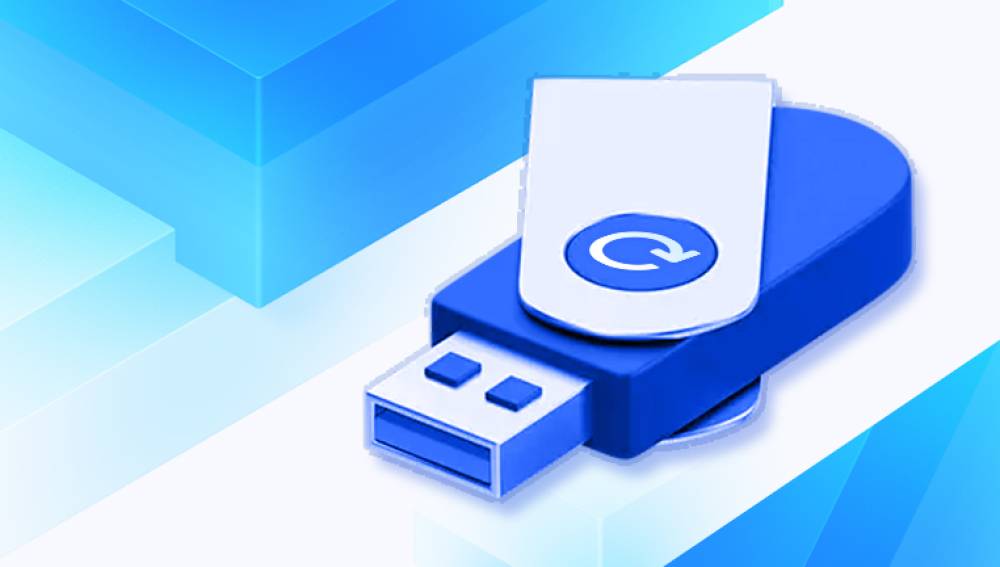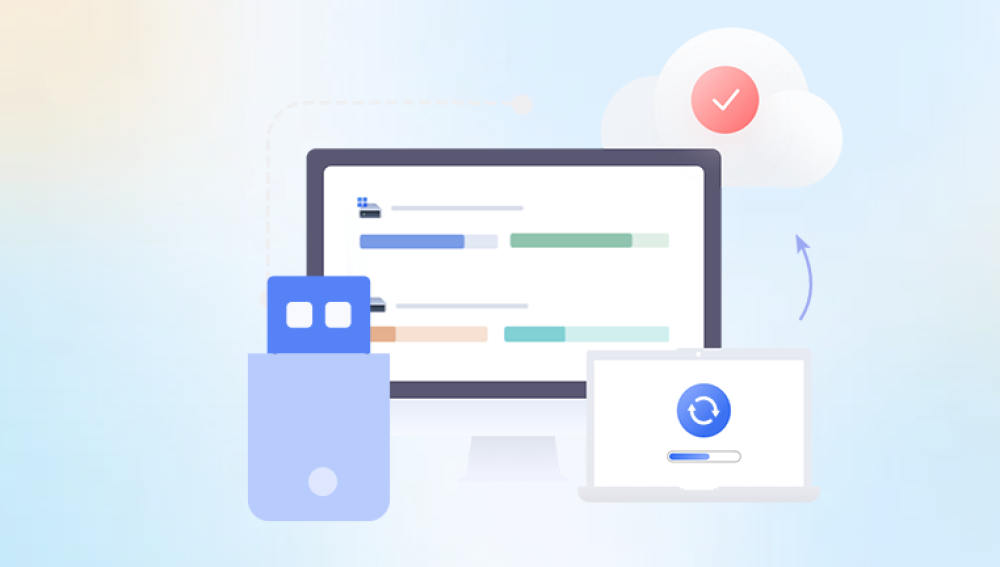Files can be accidentally deleted, corrupted, or lost due to formatting, virus attacks, or physical damage. Fortunately, USB memory stick recovery software offers a lifeline. These specialized tools can help retrieve lost or deleted data from seemingly inaccessible flash drives, restoring peace of mind and saving precious information.
Why USB Memory Sticks Lose Data
Before diving into recovery software, it’s helpful to understand the various reasons why files can disappear from a USB memory stick. Identifying the cause of data loss can improve your chances of successful recovery and help you avoid similar mishaps in the future.
1. Accidental Deletion
One of the most common causes of data loss is human error. It’s surprisingly easy to delete files from a USB stick when you’re organizing folders or clearing up space. Unlike files deleted from your computer, deleted USB files usually don’t go to the Recycle Bin, meaning they’re instantly removed from view.

2. Formatting
Sometimes, USB sticks prompt you to format them when you plug them into your computer, especially if there's a problem with the file system. Other times, formatting is done intentionally to clear the drive or switch to a different file system (e.g., from FAT32 to NTFS). If you didn’t back up your data, formatting can erase everything.
3. Corruption
File system corruption can occur due to improper ejection, software conflicts, or virus infections. When this happens, your files might become inaccessible, or the drive may appear as empty or unrecognized by your computer.
4. Virus or Malware Attacks
Some malicious software specifically targets external drives, corrupting or hiding files. In some cases, your data is still present on the drive but made invisible or unusable by the virus.
5. Hardware Failure
USB drives are sturdy but not indestructible. Excessive heat, water exposure, or wear and tear can lead to physical damage, making it difficult or impossible to access your data without specialized tools.
What USB Memory Stick Recovery Software Does
USB memory stick recovery software is designed to scan your flash drive for lost, deleted, or hidden files and restore them to a usable format. Here's how it works:
Deep Scanning: The software looks beyond the visible directory and scans for file fragments and remnants on the drive.
File Reconstruction: It pieces together deleted files based on metadata and recoverable clusters.
File Previewing: Many programs allow you to preview recoverable files before restoring them.
Selective Recovery: You can choose which files to recover, saving time and storage space.
These tools are especially effective if the data loss was due to logical errors (e.g., deletion, formatting, corruption) rather than physical damage.
Features to Look for in USB Recovery Software
Not all recovery tools are created equal. When selecting software to recover data from a USB stick, look for the following features:
Ease of Use: A clean interface and guided recovery process are ideal, especially for beginners.
File Format Support: Ensure the tool supports the types of files you want to recover (e.g., documents, images, videos).
Scan Modes: Deep and quick scan modes give you flexibility based on the severity of data loss.
Preview Functionality: Previewing helps you verify the file before recovering it.
Cross-Platform Compatibility: Choose a tool that works on your operating system—Windows, macOS, or Linux.
Recovery Rate: Opt for software known for high recovery success.
Security: The software should recover your data without uploading it to the cloud or compromising privacy.
Step-by-Step Guide to Using USB Recovery Software
Regardless of which software you choose, the general recovery process follows a similar pattern:
Stop Using the USB Stick: As soon as you realize data is lost, stop using the drive to avoid overwriting deleted files.
Download and Install Recovery Software: Install it on your computer not on the USB stick you want to recover from.
Connect the USB Stick: Plug it into your computer using a working USB port.
Launch the Software and Select the Drive: Choose the USB stick from the list of connected devices.
Run a Scan: Start with a quick scan. If no results appear, perform a deep scan.
Preview Files: Review the list of found files and preview them to confirm they’re intact.
Recover Files: Select the files you want to restore and save them to a different storage location (not the same USB stick).
Top USB Memory Stick Recovery Software (Reviewed)
Drecov Data Recovery
Drecov Data Recovery is designed to make data recovery easy, even for users with limited technical experience. With its clean interface and straightforward process, the software can quickly scan a USB drive and locate recoverable files. Whether your data loss is recent or stems from a formatted or corrupted drive, Panda’s advanced scanning technology digs deep into the storage structure to locate every possible fragment of your files.
One of the standout features of Drecov Data Recovery is its support for a wide range of file types and formats. From common documents like Word and Excel files to images, videos, audio files, and even compressed archives, Panda can bring back what seemed permanently lost. The software also provides a preview feature, allowing users to see files before recovery—making it easier to restore only what’s needed.
The recovery process is simple. Once you plug in your USB stick, launch Drecov Data Recovery and select the drive. Initiate the scan, and within minutes, the software displays a list of recoverable items. From there, you can filter results by file type or search for specific file names. With just a few clicks, you can recover your files and save them to a secure location.
How to Prevent Future Data Loss
While recovery software is incredibly helpful, prevention is always better than cure. Here are a few best practices to keep your USB memory stick data safe:
Regular Backups: Make it a habit to back up important files to cloud storage or an external hard drive.
Eject Safely: Always use the “Safely Remove Hardware” option before unplugging a USB stick.
Avoid Untrusted Systems: Refrain from plugging your USB stick into public or suspicious computers to avoid malware.
Use Antivirus Software: Scan your USB drives regularly to prevent infections.
Label Your USB Sticks: Physically labeling them helps avoid mix-ups and accidental formatting.
When to Consult a Professional
If your USB stick has physical damage—such as broken connectors, water exposure, or burns—DIY recovery software likely won’t help. In such cases, consult a professional data recovery service. These services use cleanroom environments and advanced tools to extract data from physically damaged drives.
Keep in mind that professional services can be expensive and don’t guarantee 100% recovery, but they often offer free evaluations.
Final Thoughts
Losing data from a USB memory stick can be a stressful experience, but thanks to the wide range of recovery software available today, there’s often a path to recovery. Whether your files were deleted by mistake, lost due to formatting, or rendered invisible by malware, the right tool can bring them back.
The key is acting quickly and using the software appropriately. Choose a recovery tool that matches your technical comfort level and recovery needs. And once your data is restored, take steps to back it up and safeguard it going forward.




